Toddlers like to put their fingers in their mouths. That’s a fact – and unfortunately for some children, it seems to be almost constant.
While thumb sucking is a well-known issue that many parents deal with, finger sucking is less often discussed.
Many parents know the feeling of turning around and seeing their toddler with their fingers in their mouth. For some children this is a regular occurrence. But what are the problems with finger sucking, what are the causes and what is the potential damage it can lead to?
-
Why?
Self-soothing
Babies, even those in the womb, put their fingers in their mouth. Experts say that finger sucking is a way of coping with an excess of stimulation. New noises, new people, new sights: there is so much going on in a baby’s life. Sucking on something provides a young child with comfort and security. It can also help to feed their curiosity. The mouth can act as a second pair of eyes to help a child work out how large an object is, what its shape is, its texture and weight.
Hunger
Young babies, and even toddlers, are often hungry. By sucking their fingers, they may be indicating that they want to be fed. Very young children may even think that sucking their finger will give them milk.
Teething
As teeth start to come in, many children experience a great deal of pain. Evidence suggests that by chewing or sucking on something, toddlers can start to relieve the pain. Simply put, placing fingers in the mouth and pressing on them can be the quickest form of pain relief for some children.
-
Damage
Unfortunately, constantly sucking on fingers can cause a number of issues – some of them long-term.
If a child’s teeth are growing while they are sucking their fingers frequently, alignment issues can develop. The teeth may not grow in the correct way or have the ideal placement. Some speech impediments can also develop, as fingers being constantly placed in the mouth can impact the way a child learns to enunciate words.
If a child’s hands are unclean while they are sucking their fingers, there is the risk of infection or damage to the skin around the mouth and on the hands. In some cases, eczema can develop due to the mixture of moisture, saliva and irritation. Be especially vigilant if you notice dryness, cracking or calluses on the skin.
Finger or thumb sucking can also be associated with hair twirling. In a similar way to finger sucking, hair twirling is often a coping mechanism and a means of self-soothing. In extreme cases, however, twirling can lead to hair pulling, breakage and even bald patches.
As children start back at school this autumn, it is also important to monitor their concentration levels. Finger sucking can impact on a child’s concentration levels as they get “lost” in the sucking motion and lose focus on what is being taught.
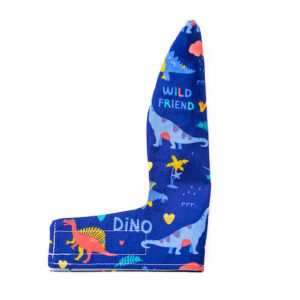
-
How should I deal with finger sucking?
In many cases, there is an obvious solution to your child’s finger sucking. If they are hungry, it may be time for lunch or dinner. If they are teething and in pain, find other options for soothing them:
a cold wash cloth on the gums or a gentle mouth massage can help.
In the more extreme, and persistent cases, and where you are particularly worried about oral health and development, it may be time to seek professional help.
Thumbsie® is an Oral Health Foundation approved product, which is recommended by dentists from across the globe. Thumbsies® work. They have a long track record of helping toddlers – and older children – to quit finger sucking, protecting their teeth in the long-term. And, best of all, they are not just for thumbs.
Thumbsie® produces finger guards which fit over two fingers, either the middle and index fingers or the middle and ring finger. These are designed to remind the child not to suck their fingers, and for best results should be worn day and night.
Thumbsies® come in a variety of fabrics, designs and sizes and can be bought as part of a package, along with a rewards chart and an inspirational book.
Please note all comments will need to be approved before appearing on this page. Please respect others when posting.
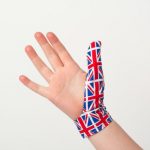




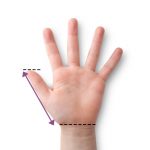
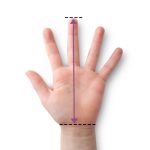
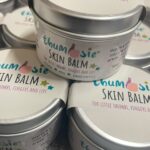






















Comments